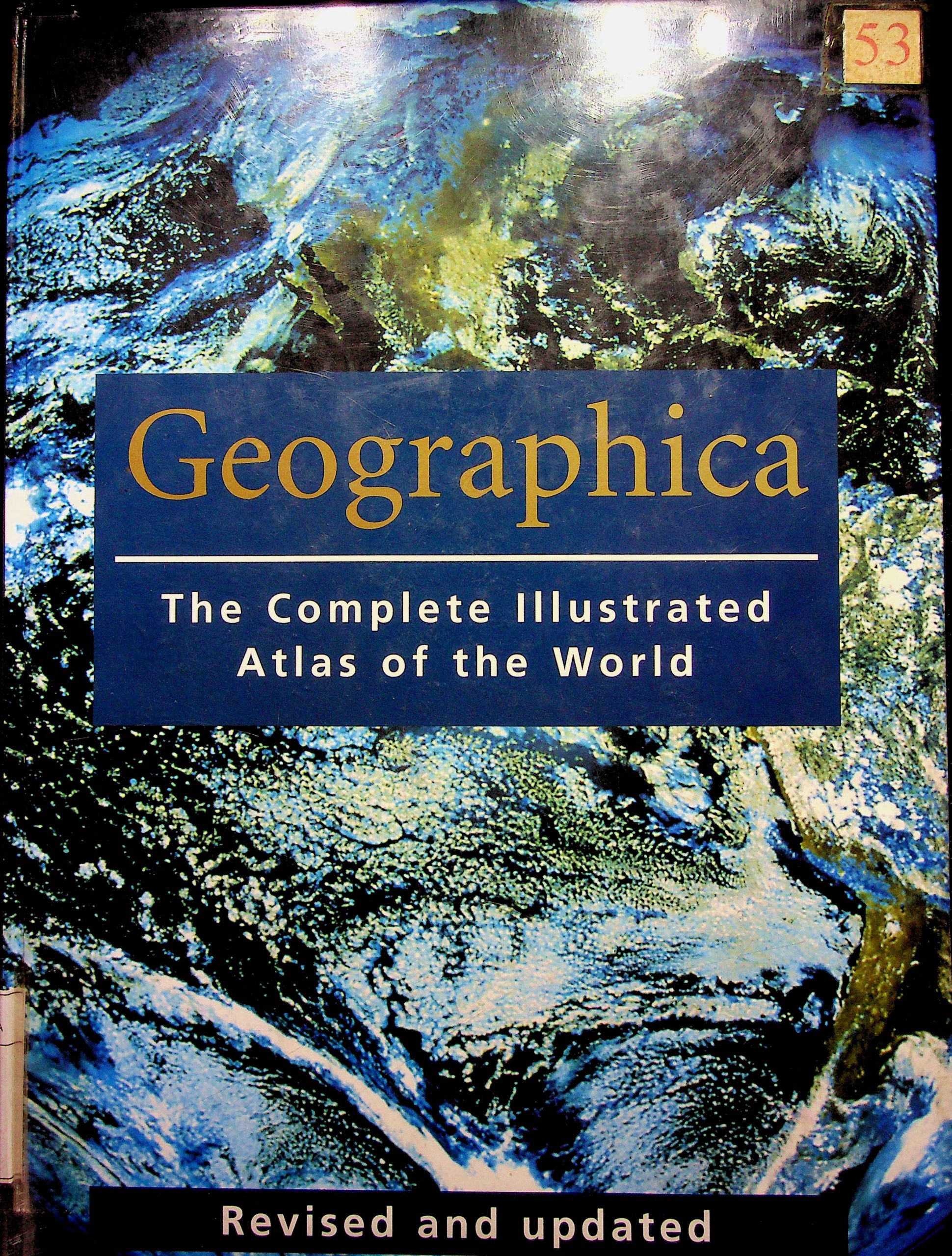There are many factors that make Earth a unique planet. I Its atmosphere, oceans, moving plates, escaping gases, diverse life forms, soils, and the presence of humans all contribute to a distinctive biophysical system. Above all else, it is the dynamic, ever-changing ways in which the air, land, and oceans interact that create particular landscapes available for human use and abuse. From the equator to the poles, from mountains to the depths of ocean basins, plants and animals go through their life cycles nurtured by the climates and the nutrients in soils and waters.Yet what we observe today has not always been present. The world humans inhabit has been transformed not once, but many times since the hard, rocky crusts of continents and the watery masses of oceans first formed, around 4 billion years ago.Charles Darwin was one of many scientists who conceptualized patterns of evolution. Organisms did not immediately find their place in the world, he proposed; rather, there were countless histories of evolving life for the different plants and animals that have occupied space on land or in the sea over geological time. These patterns of evolution were not uniform. Past life histories show punctuated successions of periods dominated by particular organisms, followed by extensive extinctions of various species. The cause and meaning of such changes are often a mystery and remain to be explained. It is very difficult to unravel Earth's history. Geologists and paleontologists are like detectives. They are required to piece together fragmentary evidence using their imagination, and their sense of adventure and curiosity, exploring the world and discovering for themselves what has happened in the past. Some geologists, such as Charles Lyell, have had the ability to synthesize masses of information and develop generalized histories from field observations and interpretations. Increasingly, new technologies, including the capacity to calculate accurately the age of rocks using radiometric dating methods, have opened new vistas of thought, allowing the testing of theories such as that of continental drift. Discoveries of magnetic reversals in rocks on the floor of oceans, the volcanic character of mid-oceanic ridges, and the age of oceanic basalts covered by a veneer of geologically young sediment, have contributed to our understanding of the processes of sea-floor spreading and hence to the development of plate tectonic theory. This was one of the most remarkable scientific advances of the twentieth century. It formalized the grand dreams of those who could see evidence for the validity of continental drift theory in the rock record and in the distribution of plants and animals. Yet, for decades, these geologists and biologists were not able to convince the skeptics, because they had no mechanism to explain the movement of the relatively light continental crust over vast distances. New technologies in ocean research changed all that; with plate tectonics, it is possible to explain much more satisfactorily the formation of mountains, as well as the distribution of earthquakes, volcanoes and many life forms. Plants and animals, or biota, occur in particular groups, reflecting their adaptation to each other and to the environment. Interaction of biota with climatic, soil, landform, and other conditions has been the subject of much ecological discovery. Competition and predation are just two of the ways in which species function—on a range of scales from microorganisms in the soil to whales at sea. On land and in the ocean, there are clear regional groupings of biota which contribute to the differences between places. But even these differences are not static—they too are subject to change. Changes in climate, for instance, whether it be over millions of years or tens of years, require organisms to adjust. On a global scale, it is possible to document periods of Earth cooling and the consequent expansion of ice sheets and falls in sea level. Vast areas of Europe and North America were under 1 km (0.6 mile) of ice as little as 15,000 years ago. Yet Earth warmed, and the glaciers retreated. Today, these areas are home to millions of people. Rising sea levels flooded continental shelves and river valleys, creating new habitats for plants and animals; in the fertile deltaic plains of many countries, for instance. Such changes have taken place many times over the past 2 million years, the so-called Quaternary period of Earth's history. Understanding why these and other, smaller-scale climatic fluctuations such as the El Nino phenomenon occur is still the subject of much scientific debate.Against the background of natural variability in climate, another factor comes into play—the impact of humans disturbing the chemistry of the atmosphere and inducing global warming, or the greenhouse effect. Plants, animals, and human productivity are highly dependent on the state of soils. Continental rocks are of varied chemical composition; on exposure to the atmosphere, they disintegrate or weather into different mixtures of mineral matter combined with decayed matter from plants and animals. The close inter-relationship between soils and climate, vegetation, landforms, and rock type is well known, and this knowledge has helped us develop crops which can be grown successfully in different soils. Again, however, we are confronted with lands that become transformed as soils are overused and exploited, losing their productive capacity and causing populations to decline and migrate. Landscapes derived from the changing yet distinctive combinations of these biophysical factors constitute part of the human inheritance. Increasingly, we are recognizing our responsibility towards the management or stewardship of this heritage.
5
Geographica The Complete Illustrated Atlas of the World
Gordon Cheers
Penerbit :
KONEMANN
Tahun :
1999
Buku Text
-
No Scan42
-
No Klasifikasi910
-
ISBN
-
ISSN
-
No Registrasi015A/I/2007
-
Lokasi Terbit
-
Jumlah Hal44
-
Label910 For g
-
Versi DigitalTIDAK
-
Versi FisikTIDAK
-
Lokasi Rak Buku Fisik//
-
Jumlah Exemplar Fisik Tersedia-






